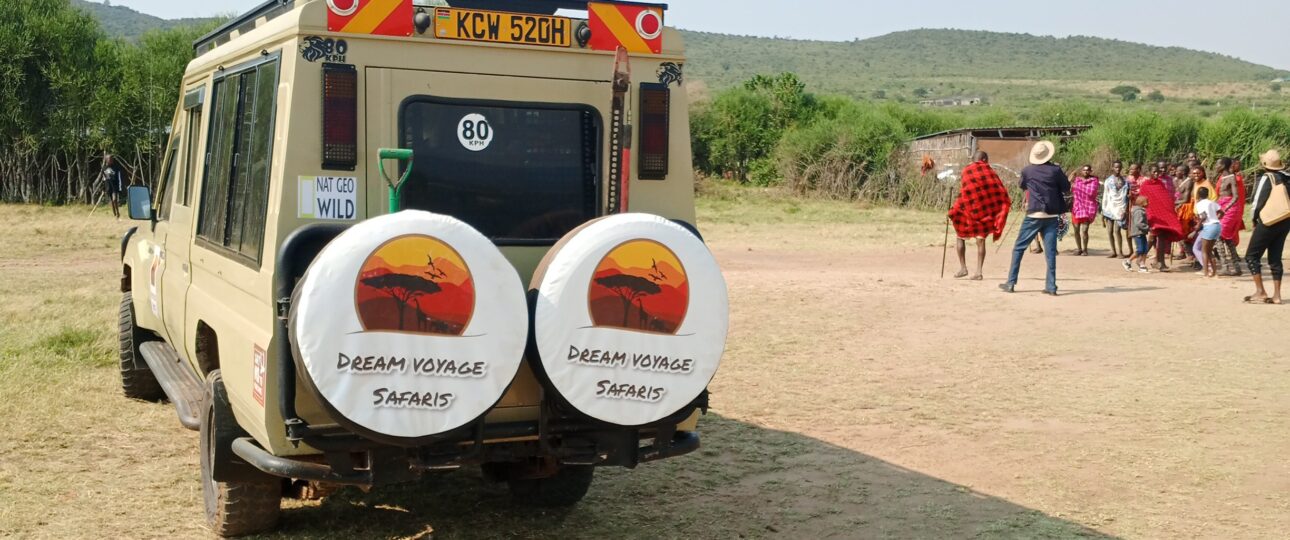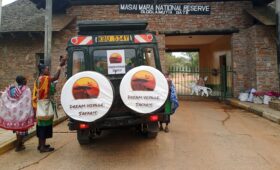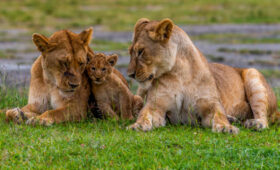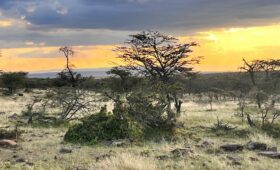Dreaming of a Kenyan Safari? Let’s Talk Budgets: From Budget-Friendly to Ultra-Luxury
Kenya, the land of majestic wildlife, breathtaking landscapes, and vibrant culture, beckons safari enthusiasts from around the globe. But before you pack your khaki and binoculars, one crucial question needs answering: How much should I budget for a Kenyan safari?
The answer, unfortunately, isn’t a simple one. Kenya offers a safari experience for virtually every pocket, from shoestring backpackers to high-roller adventurers. Your ultimate cost will depend on several key factors:
1. Level of Luxury:
Budget (USD 150 – 300 per person per day): This is the realm of camping safaris, basic lodges, and budget-friendly group tours. Expect shared facilities, smaller vehicles, and fewer included extras. You’ll often be responsible for some of your own meals and activities.
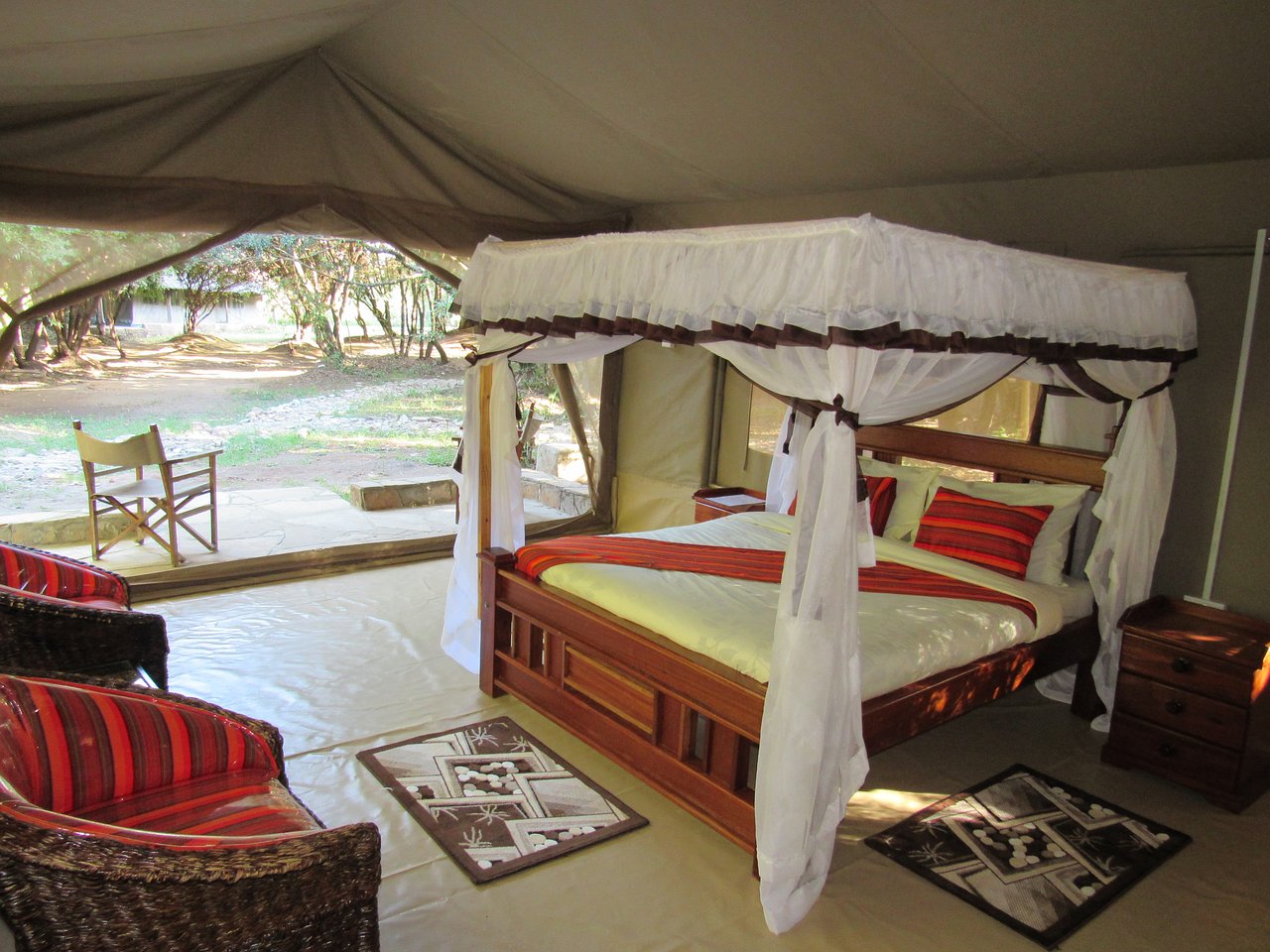
Mid-Range (USD 300 – 600 per person per day): This sweet spot offers a balance of comfort and affordability. Expect comfortable lodge accommodations, private transport, more inclusions, and potentially internal flights between parks to maximize your time.
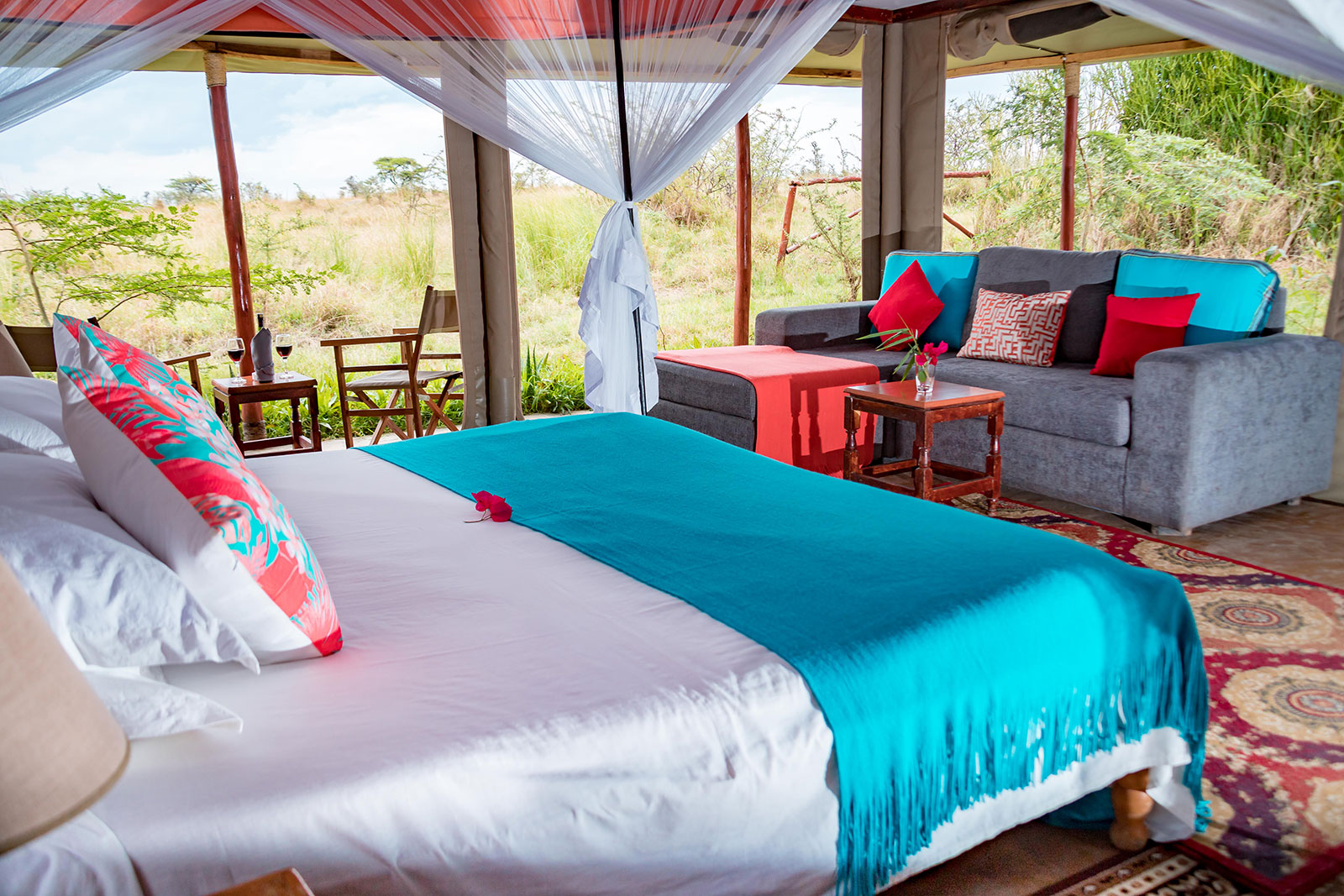
Luxury (USD 600 – 1200+ per person per day): Prepare to be pampered! Luxury safaris offer high-end lodges, gourmet meals, private guiding, premium game drives, and exclusive experiences like hot air ballooning or walking safaris.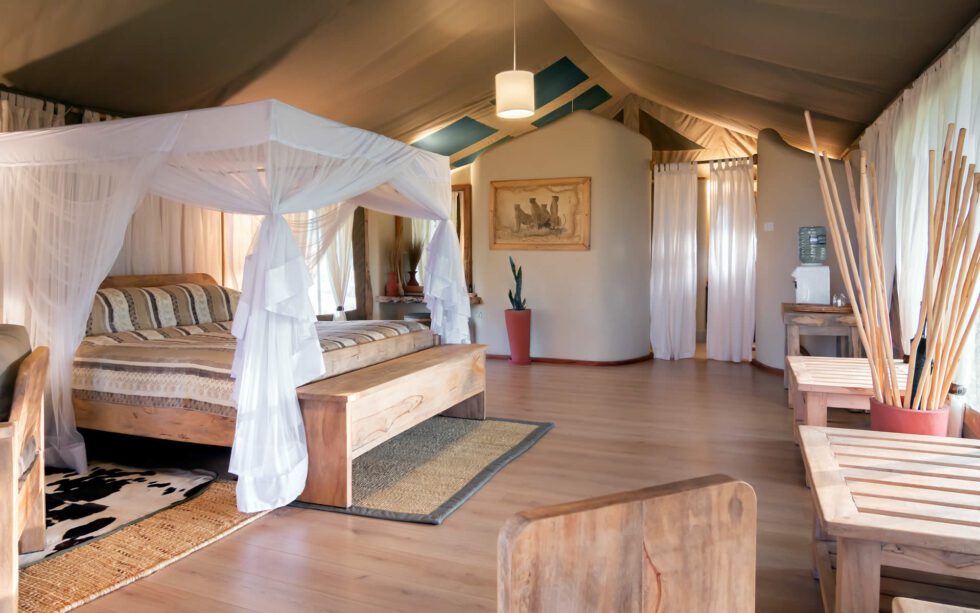
Ultra-Luxury (USD 1200+ per person per day): Imagine staying in opulent tented camps with personal butlers, flying privately between parks, and enjoying bespoke itineraries tailored to your every whim. This is the top tier of safari indulgence.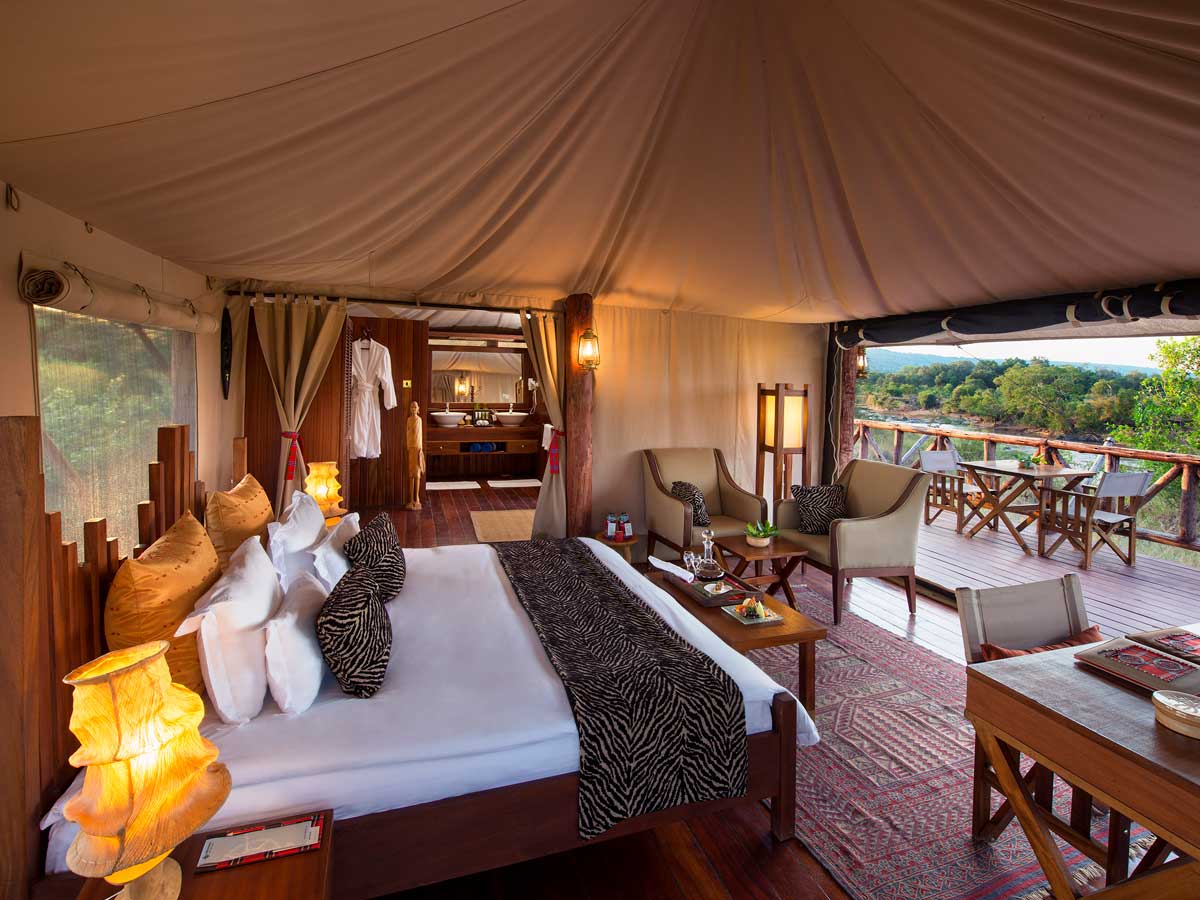
2. Duration of Your Safari:
Naturally, the longer you stay, the more you’ll spend. A typical safari lasts from 3 to 7 days, but you can create longer, more in-depth itineraries that explore multiple parks and regions.
3. Time of Year (Seasonality):
Peak Season (July – October & December – February): This is the dry season, offering the best game viewing and comfortable weather. However, prices soar during these months due to high demand. Book well in advance!
Shoulder Season (March – June & November): Consider travelling during the “shoulder seasons” for slightly lower prices and fewer crowds. You might experience some rain, but the landscapes will be lush and green.
Low Season (April – May): The rainy season brings the lowest prices, but some lodges and roads may be inaccessible. However, it can be a rewarding time for birdwatching and witnessing the landscape transform.
4. Group Size:
Traveling solo will inevitably be the most expensive option. The cost per person generally decreases as your group size increases, as you can split vehicle and guide costs. Consider joining a group tour to save money.
5. Parks and Reserves Visited:
Popular parks like the Maasai Mara are generally more expensive than lesser-known reserves. Entry fees vary considerably but can be as high as USD 80 per person, per day.
6. Mode of Transportation:
Road Safaris: These are the most common and budget-friendly way to explore Kenya. You’ll travel in 4×4 vehicles for optimal game viewing.
Flying Safaris: Fly between camps and parks to save time and enjoy stunning aerial views. This is a more expensive option but ideal for covering vast distances quickly.
Breaking Down the Costs:
To help you estimate your budget, here’s a breakdown of typical expenses:
Park Fees: Significant daily cost, especially in popular parks like the Maasai Mara.
Accommodation: From campsites to luxury lodges, this is a major expense.
Transportation: 4×4 vehicle hire, fuel, and driver fees. Internal flights add to the cost.
Food and Drinks: Most safaris include full-board meals (breakfast, lunch, and dinner). Drinks are often extra.
Activities: Game drives are usually included, but expect to pay extra for optional activities like hot air ballooning, walking safaris, or cultural visits.
Guide Fees: Essential for a high-quality safari experience.
Visas: Check visa requirements and associated costs.
Travel Insurance: Crucial for covering emergencies and trip cancellations.
Tips: Tipping is customary in the tourism industry.
Souvenirs: Factor in some spending money for souvenirs.
Tips for Saving Money:
Travel in the shoulder or low season.
Consider a camping safari or budget-friendly lodge.
Join a group tour.
Focus on fewer parks to reduce park fees and transportation costs.
Book in advance, especially during peak season, to secure deals.
Look for package deals that include accommodation, transportation, and activities.
Be mindful of your spending on drinks and optional activities.
In Conclusion:
Budgeting for a Kenyan safari requires careful planning and consideration of your priorities. By understanding the various factors that influence cost, you can tailor your trip to fit your budget and create an unforgettable African adventure. Happy planning!
